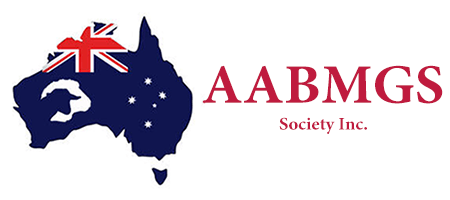Compiled by Johanna Willans
“One can understand nothing of a breed unless its history is known.”
The Southdown is one of the oldest and purest of British breeds and was the first downs breed to be improved. A gentleman called John Ellman of Lewes, Sussex, began to improve the primitive short-wool sheep of his native South Downs around 1780. Less is known of Ellman’s methods, but it is certain that private ownership and enclosure made Ellman’s miracle of breeding succeed. A miracle it may well be called, because at the end of the eighteenth century, Ellman succeeded in producing the most perfectly proportioned sheep of its time, the Southdown.
The Southdown has remained the classic example of what a sheep should be. The Southdown is in all of the Downs breeds. These include, Hampshire, Dorset, Shropshire, and Suffolk. The perfection of their conformation derives from the Southdown breed.
The Southdown breed was imported into Australia in 1793 by Samual Marsden. Used widely across Australia to produce prime lambs, the breed was highly sought after because of their well-muscled frame and docile, no fuss disposition. Rams produced highly sought after first-cross lambs and rams won many championships at shows against some serious competition.
England, owing to the early industrialisation and rapid increase of population, led the way in the changeover from sheep specially designed to produce wool, to those bred more particularly to produce meat. The coming of refrigeration in 1880 with the possibilities of prolonged preservation of meat, led to a change in sheep breeding. Refrigeration enlarged the possibilities of pastoral production in southern continents. Australia was no longer entirely dependent on wool exports.
In 1974 Australia lifted the ban on importing sheep from New Zealand and in doing so, a number of Southdowns came into the country. The imported Southdowns from New Zealand had a huge impact on Australia’s breeding that resulted in a significant increase to muscle, weight and height, and from this the modern Southdown we see today was established. And what an impact it made. The breed kept getting bigger and better for commercial breeders each year. The modern Southdowns seen today average an impressive weight of between 120kg to 160kg and a height of 70cm plus, a breed suited for the Australian commercial meat market.
With the changes in the Southdown, the smaller Southdown type fell out of favour with breeders and almost disappeared. Thankfully a few breeders in Australia wanted to preserve the original type of the breed, thus the breed needed a new name and a new breed standard, so these breeders looked towards America. American breeders called them Babydolls. Some Australian breeders adopted the babydoll terminology, but AABMGS also wanted to honour the historical aspects of the breed and did so by calling them Babydoll Southdowns.
This miniature sheep started to make its mark in Australia by finding favour with vineyard and orchard growers, who used the breed as an organic alternative to herbicides to remove unwanted vegetation, plus they added fertiliser as a bonus. Grazing mostly on grass, they make wonderful, no fuss eco-friendly lawn mowers. They also found favour with hobby farmers and first-time sheep owners due to their docile nature, miniature size, and reduced requirements of fencing and infrastructure, not to mention their adorable “teddy bear” looks.
In 2016 the Australian All Breeds of Miniature Goat and Sheep Society (AABMGS) recognised this breed as a miniature breed and saw the need to preserve bloodlines and keep the breed to a strict breeding program. After lots of research on the breed’s history and consulting with many breeders and registries in America and the UK, AABMGS put together a world class breed standard that included colours and patterns. Since then, the breed’s popularity has boomed.
In 2020 the Australian Sheep Stud Breeder’s Association (ASSBA) registered the breed as a separate breed from the modern type of Southdown and the new breed was called Babydoll. In 2021 the first Babydoll lambs were registered in the ASSBA flock book and from this a breed society was born called the Babydoll Sheep Association of Australia (BSAA)
In 2020 a third breed society started up in Australia called Babydoll Sheep Breeders Australia (BSBA). This society bases their breeding program on Southdowns. BSBA do not recognise the breed as being miniature and have more of a small modern Southdown influence in their breed standard.
AABMGS are proud to be involved in the preservation of this cute and compact miniature smiling sheep breed. A sheep that literally smiles at you.
AABMGS call this breed Babydoll Southdown in honour of its historical significance and remarkable legacy, and out of respect for past breeders and preservers of such a wonderful little sheep.
